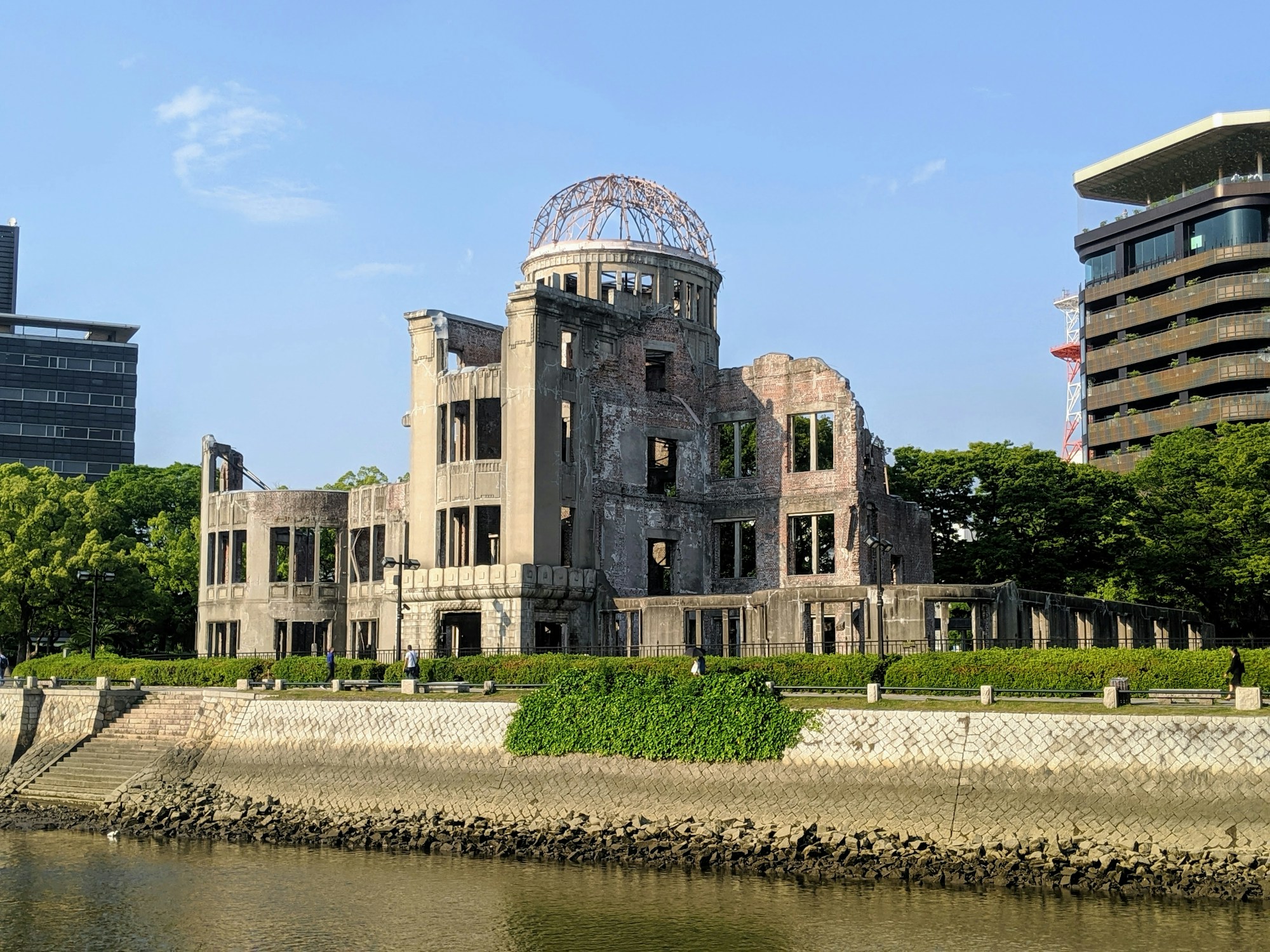What to see in Hiroshima: A Comprehensive Travel Guide

What to See in Hiroshima: A Comprehensive Travel Guide
Welcome to Hiroshima, a vibrant city located in western Japan known for its rich historical and cultural significance. This comprehensive travel guide will provide you with a list of must-see attractions, delicious culinary experiences, and practical tips to make the most of your visit to Hiroshima.
Hiroshima Peace Memorial Park
Start your journey in Hiroshima by visiting the Hiroshima Peace Memorial Park, dedicated to promoting peace and commemorating the victims of the atomic bomb that devastated the city during World War II. Here, you will find the iconic Genbaku Dome--the only structure left standing near the bomb's hypocenter--which serves as a haunting reminder of the city's tragic past.
Within the park, you can also explore the Peace Memorial Museum, offering a moving exhibition detailing the events of that fateful day and the subsequent efforts towards global nuclear disarmament.
Miyajima Island
For a peaceful escape from the bustling city, take a short ferry ride to Miyajima Island, also known as Itsukushima. With its picturesque shrines and mesmerizing floating Torii gate, this UNESCO World Heritage site is a must-visit destination. Explore the Itsukushima Shrine, a magnificent and iconic structure that appears to be floating on water during high tide.
Don't forget to hike up Mount Misen, the highest peak on Miyajima Island, for breathtaking panoramic views of the Seto Inland Sea and the surrounding islands.
Hiroshima Castle
Immerse yourself in Japan's feudal history by visiting Hiroshima Castle, a reconstructed castle that offers a glimpse into the city's samurai past. As you explore the castle grounds, you can admire the impressive architecture, climb to the top of the main keep for a panoramic view, or delve into history at the informative museum located inside.
Shukkeien Garden
Take a leisurely stroll through Shukkeien Garden, a meticulously designed traditional Japanese garden that offers a serene and peaceful atmosphere. With its picturesque landscapes, tranquil ponds, and charming tea houses, this garden is the perfect place to relax and appreciate the beauty of nature.
Hiroshima Peace Memorial Museum
Gain a deeper understanding of Hiroshima's tragic history by visiting the Hiroshima Peace Memorial Museum. The museum provides a comprehensive overview of the events surrounding the atomic bomb, with powerful exhibits, personal stories, and thought-provoking displays. It serves as a poignant reminder of the importance of peace and the devastating consequences of war.
Hiroshima Okonomiyaki
No visit to Hiroshima is complete without trying Hiroshima-style Okonomiyaki, a mouthwatering savory pancake loaded with layers of cabbage, noodles, meat, and topped with a special sauce. Indulge in this local specialty at one of the many Okonomiyaki restaurants scattered throughout the city. Have an unforgettable culinary experience by watching the skilled chefs prepare the dish right in front of you on a hot teppan grill.
Practical Tips for Your Visit
- Transportation: Hiroshima is well-connected with excellent public transportation options, including trams and buses. Consider purchasing a transportation pass for convenient and unlimited travel within the city.
- Weather: Hiroshima experiences a temperate climate with mild winters and hot, humid summers. Check the weather forecast before your visit to help plan your activities accordingly.
- Language: While English may not be widely spoken, many tourist attractions have English signage and pamphlets. Learning a few basic Japanese phrases can greatly enhance your experience.
- Etiquette: Japan is known for its politeness and adherence to cultural norms. Remember to take off your shoes when entering traditional buildings and be respectful of local customs.
- Time for Exploration: Plan to spend at least two to three days in Hiroshima to fully soak in the historical and cultural heritage of the city.
